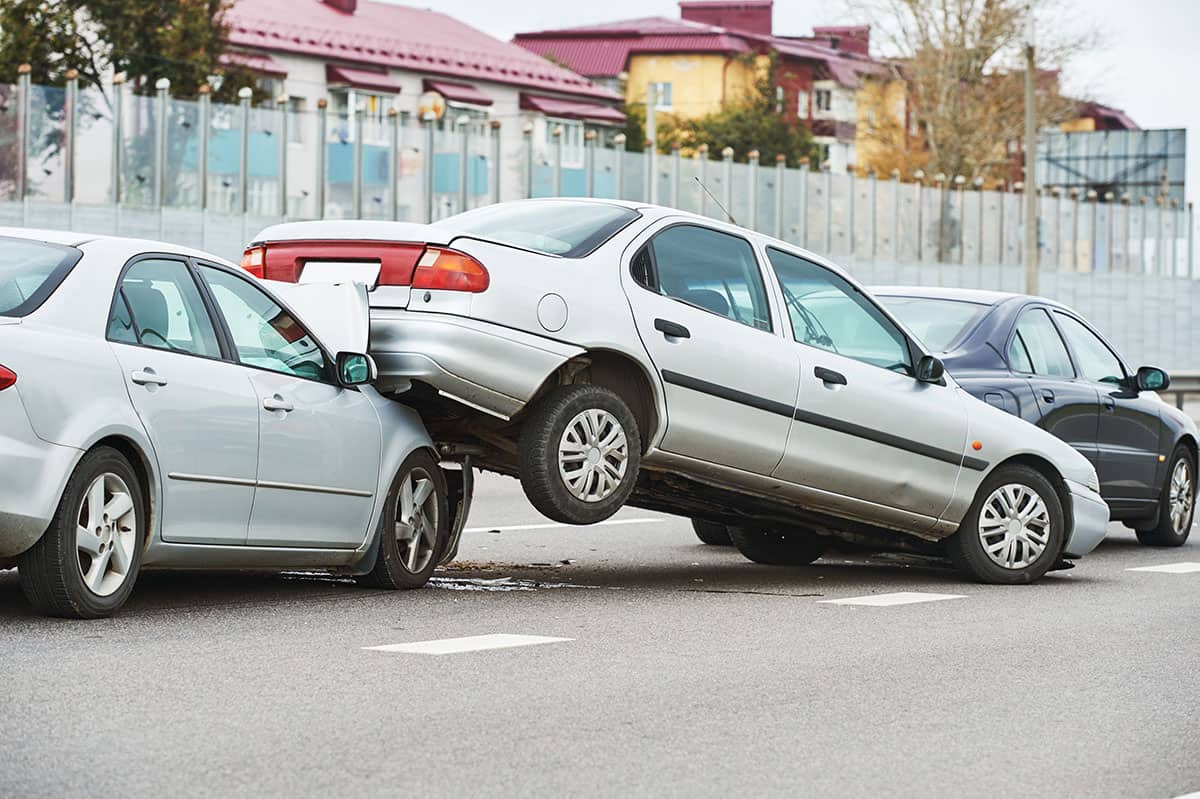Who is Liable in a Chain Reaction Vehicle Accident?

It can be devastating both physically and mentally to be involved in a car accident. Accidents often result in life-altering injuries. Because there are unique legal challenges associated with chain reaction car accidents, as a victim, you must understand who is at fault. Your claim for compensation depends on this. The Philadelphia attorneys of Gay and Chacker may be able to help you obtain the compensation you deserve if you or a loved one has been injured in a chain reaction vehicle accident.
What Is A Multi-Car Accident?
The term multi-car accident refers to an accident in which three or more cars collide on the road. Due to the sheer force of the impact, the first collision causes a series of other collisions due to a “chain reaction”. When there is a multi-vehicle accident, determining who is at fault can be very challenging, and in some cases, multiple people may be held responsible.
What Causes A Chain Reaction Pileup?
When vehicles are close to one another on narrow roads or during traffic stops, multi-vehicle accidents occur frequently. It is common for drivers to drive too close to the tail of the other car, look at their phones or just be distracted in some way. Take a look at some examples below:
Example 1: 3 Vehicle Chain Reaction Accident
The example here takes place at an intersection. Drivers 2 and 3 are stopped at an intersection. Due to driving too close or not paying attention, driver 1 cannot brake in time behind driver 2, and driver 2 is impacted. Either way, this is negligence on the part of driver 1. It is this collision that initiates the “chain reaction” car accident between driver 1 and Driver 2. Another crash occurs because driver 2 is pushed into driver 3. This is a common occurrence on congested streets and highways. If driver 2 is too close to driver 3, however, driver 2 may also assume responsibility.
Example 2: 4 Vehicle Chain Reaction Accident
As another example, Driver 1 may be traveling behind Driver 2 when Driver 2 suddenly stops. The first crash is caused by a collision between Driver 1 and Driver 2. As Driver 3 comes along, he is driving too fast and ends up hitting the rear end of Driver 1. As a result of this unexpected obstacle on the road, another driver, Driver 4, fails to stop in time and crashes into the pileup.
Multi-Vehicle Accidents: Who’s To Blame?
Most of the time, the driver who initiated the first impact is to blame. However, as the instances above illustrate, other people or even public agencies may also be at fault. For any of these parties to be held liable, proof of negligence must be established. A personal injury attorney can help make this task less stressful. Below are some examples of negligent driving:·
- Inadequately signaling or not using brakes
- A tailgating driver
- Driving recklessly or speeding
- Using a cell phone while driving
- Distracted driving
- A public agency failing to install or maintain proper traffic signs
- A public agency failing to clear the road of obstacles
What You Can Do To Establish An Individual’s Liability
Ultimately, establishing fault is the most important step. To recover safely and comfortably, it is crucial to obtain adequate compensation. A chain reaction pileup is a complicated accident that requires a thorough and skilled investigation by an experienced car accident lawyer. It is important to prove the negligence of the at-fault party, and there are several ways to do so:
- Evidence gathered at the scene
- Eyewitness statements
- Police reports related to the accident
- Records of traffic violations committed by the at-fault party
Get the help of an experienced vehicle personal injury attorney who knows the law like the back of their hand. Gay and Chacker Attorneys at Law have served the Mid-Atlantic for over 50 years. We know the law, we know the courts, and we know our opponents in Pennsylvania, New Jersey, Delaware, Maryland, and the surrounding areas. We will make sure you get the legal help you deserve.


